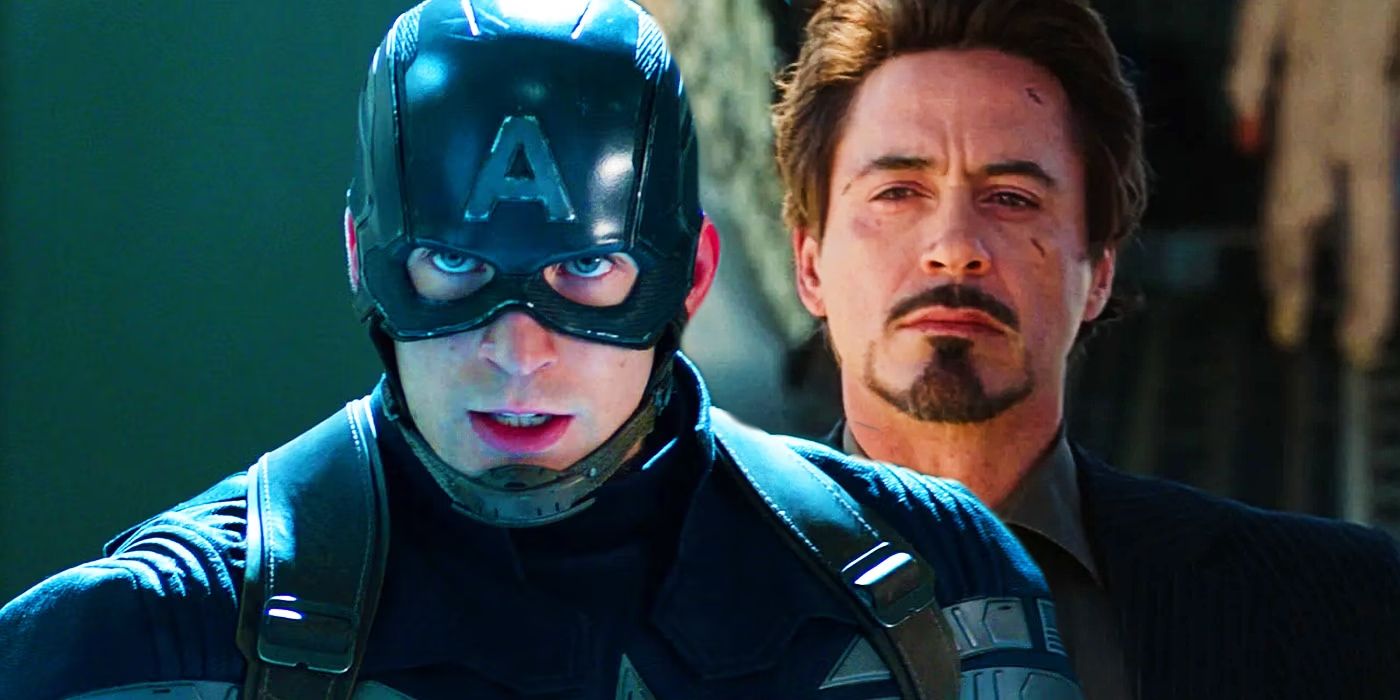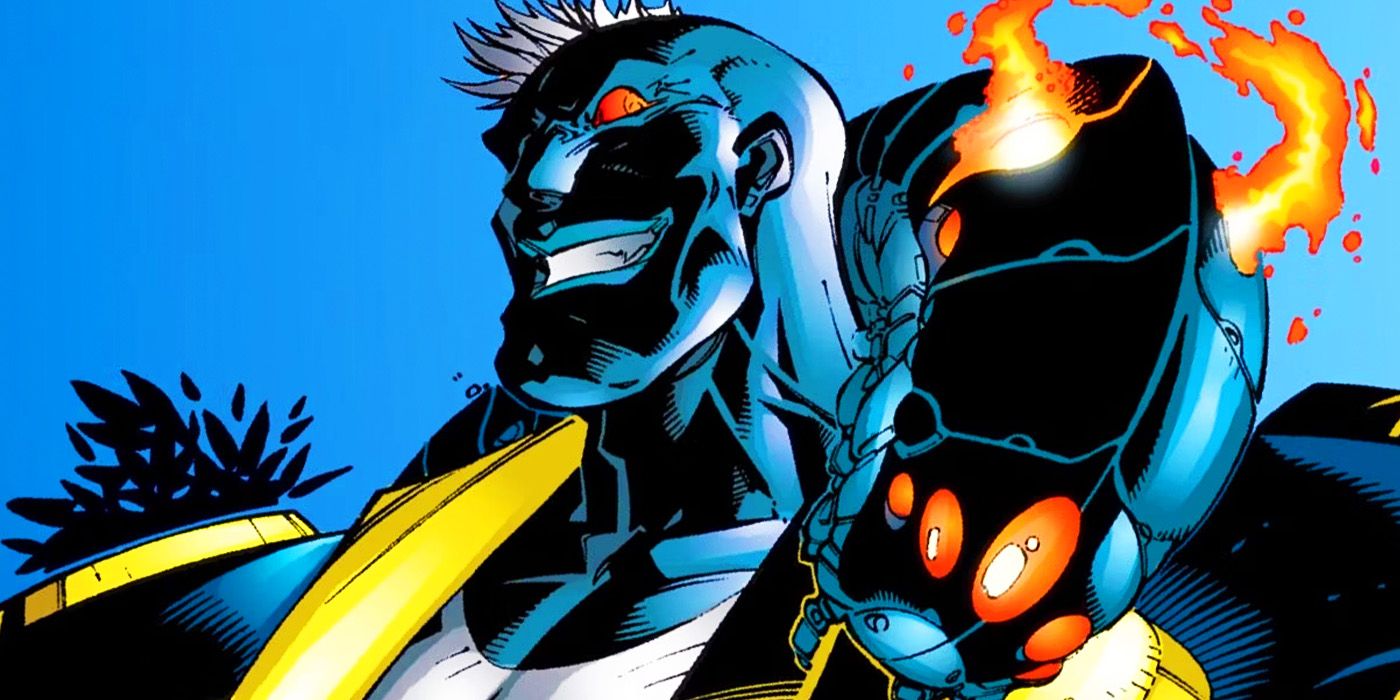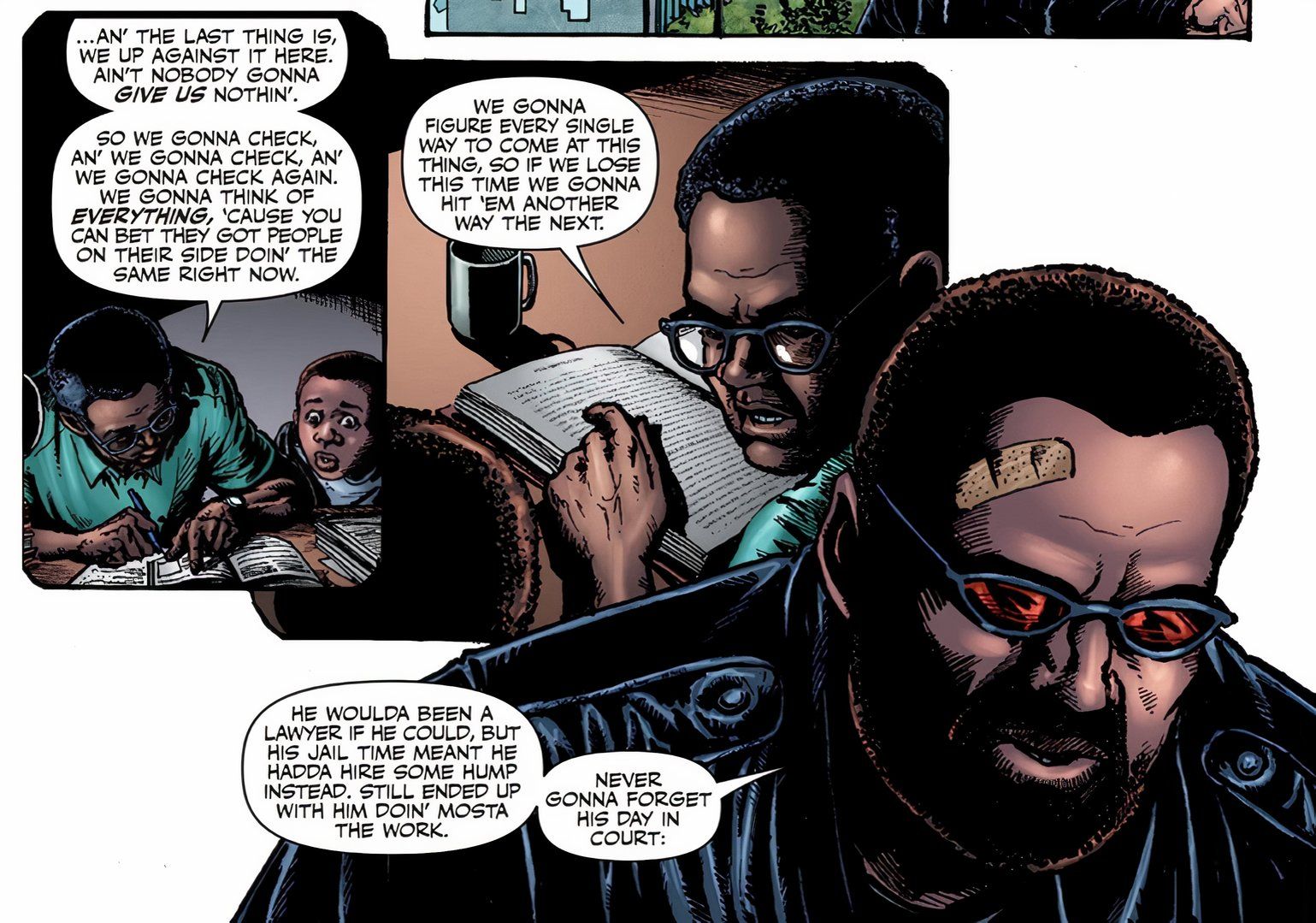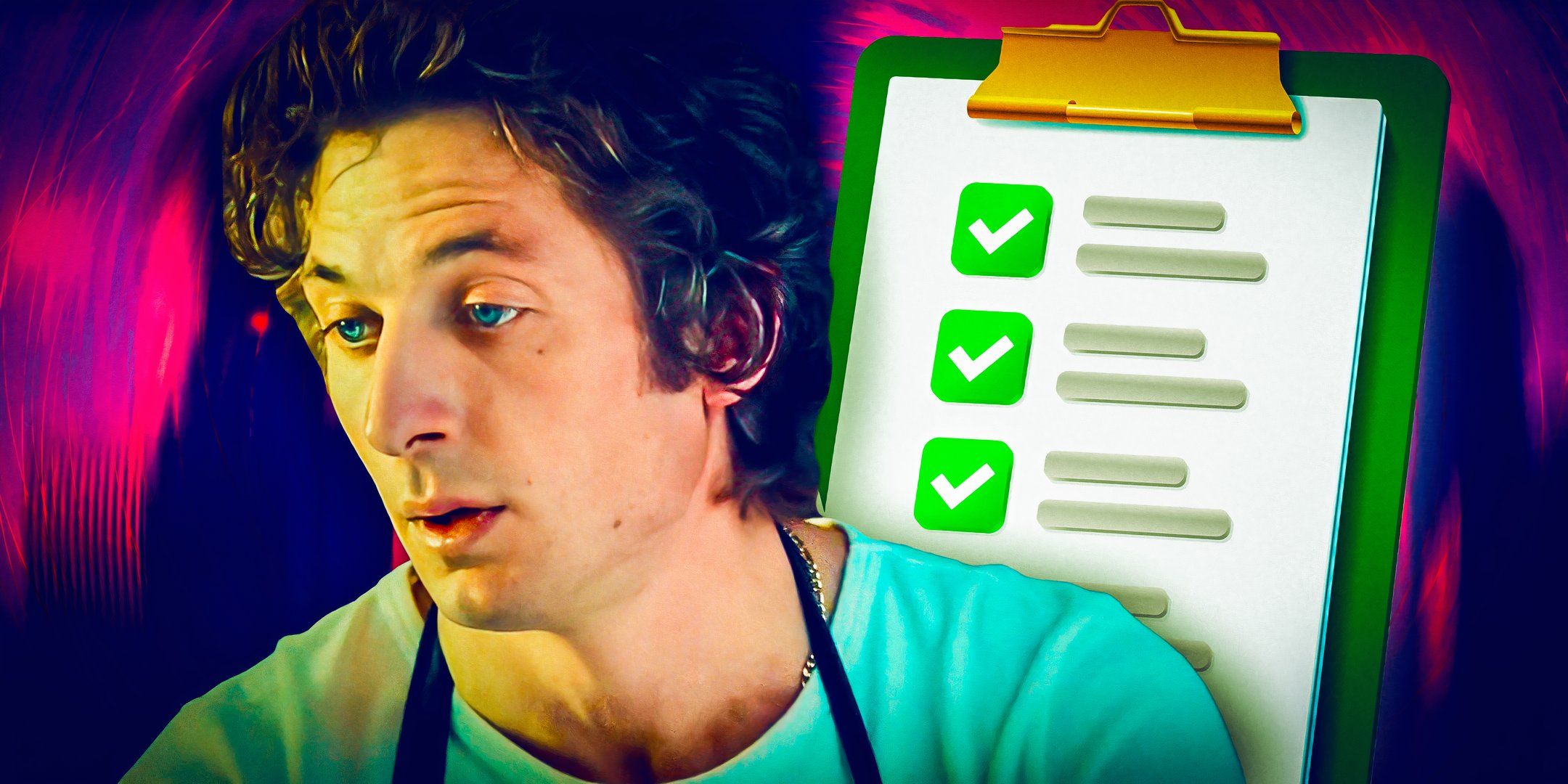For fans that return to the infamous story Identity Crisis, there are sure to be some harsh realities discovered on the reread. The DC Cinematic Universe is currently in flux and James Gunn and Peter Safran will be looking at classic narratives from the source material to potentially adapt to the big screen. Identity Crisis could be on that list, but it is far from perfect in its concept and execution. Fans might have a fond memory of initially reading the story, but a modern lens will always have the benefit of retrospect.
Hindsight is a wonderful thing, and the long-term impact of 2004’s Identity Crisis can be measured in detail now. The story took place over a 7 issue limited run from writer Brad Meltzer, cover artist Michael Turner, penciler Rags Morales, inker Michael Bair, letterer Kep Lopez, colorist Alex Sinclair, and editor Mike Carlin. Featuring the heroes of DC’s comic book universe uncovering the mystery of murder and dealing with the consequences of their actions, the titular crisis hits at the very core of the Justice League.
It Doesn’t Live Up To The Crisis Name
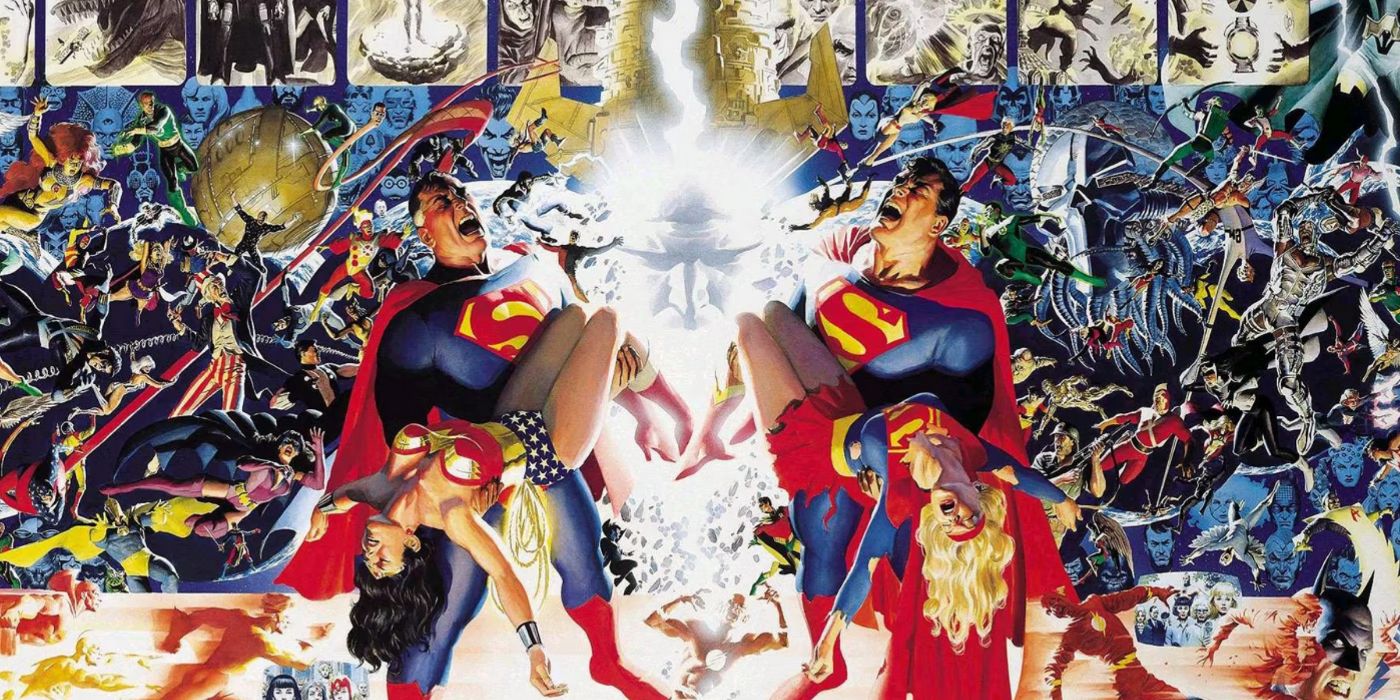
The Crisis title has been a part of the identity of DC Comics for a long time. It’s used to signify a massive crossover event, which will usually have significant implications for the rest of the universe moving forward. Crisis On Earth X, Crisis On Infinite Earths, and the company’s latest incarnation, Dark Crisis, are all examples of the scope and scale that this name usually represents.
RELATED: 10 Best Selling DC Comics Of All Time
On a personal level, Identity Crisis does hit the Justice League hard and there are characters from different runs that are brought together for this arc. However, the multiverse isn’t at stake, the stakes aren’t world-ending and thus in the grand scheme of things, the harsh reality is that Identity Crisis just isn’t comparable to the other crises that fans have witnessed from the brand.
No Heroes Come Out Looking Good
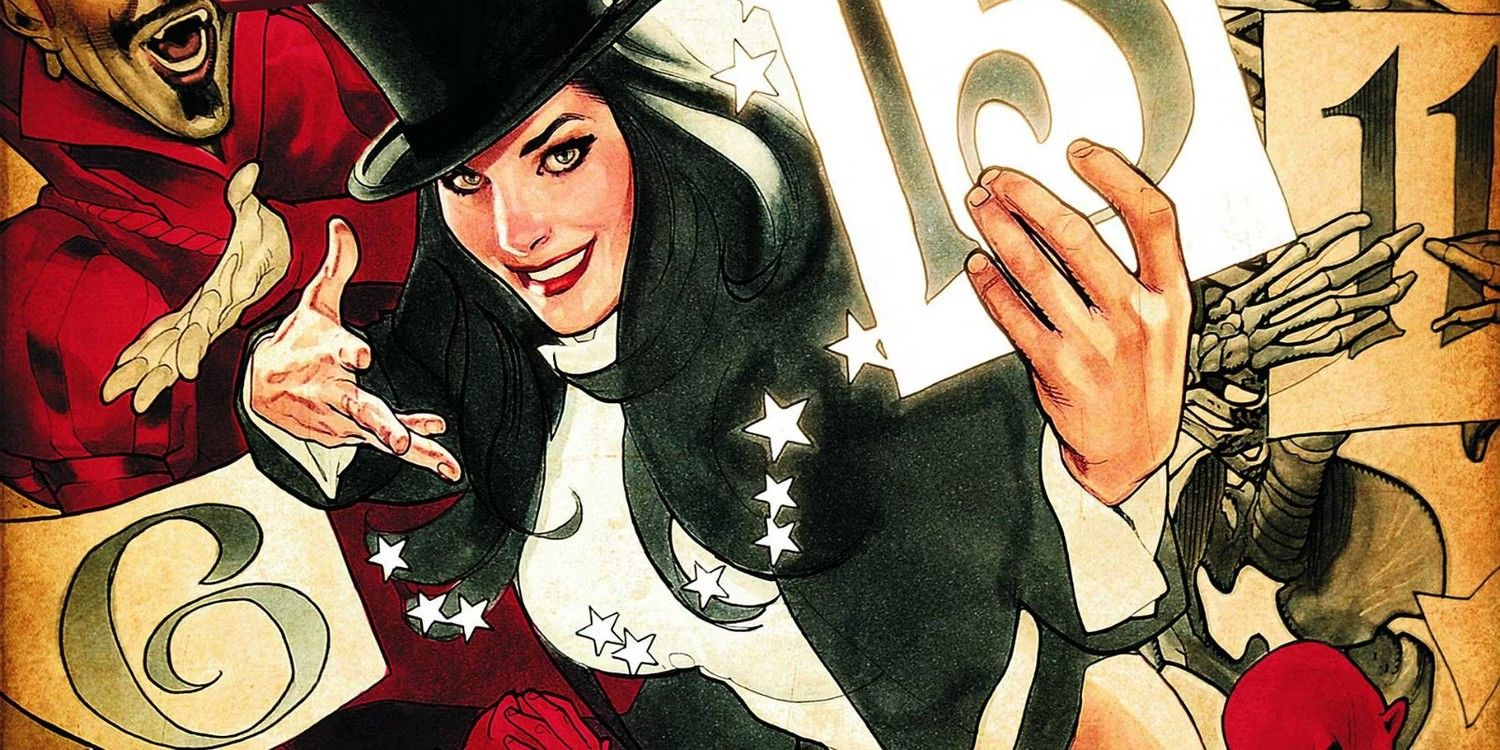
A significant plot point throughout Identity Crisis involves the Justice League using Zatanna’s powers to wipe the memories of their enemies and at times even one another. It opens the doors for a wider discussion about what Earth’s heroes should be able to do, and whether this is a massive overstep of their position in securing peace for the world.
These characters that have been idolized for so long, suddenly come out looking terrible from the story. The idea that any of these so-called heroes could support such an infringement of rights on such a big scale, causes genuine concerns for the reader. It’s not an area that’s often brought up again, with the grays of this morality topic perhaps best left with the harsh realities of the past.
Art Of The Era
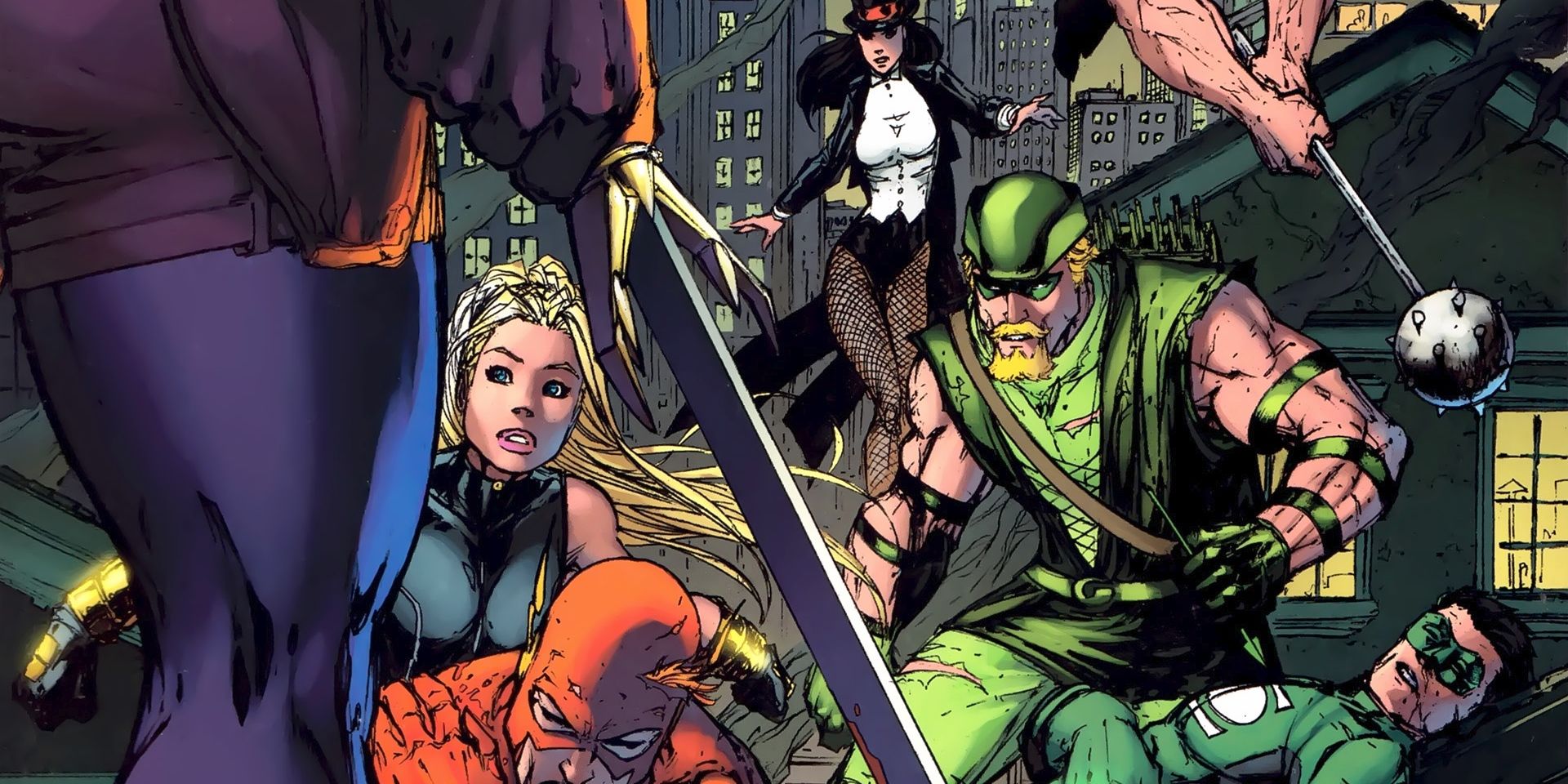
The art throughout the book is genuinely gorgeous. It’s vibrant, it’s detailed and those that worked on it should truly be commended. There are lots of visually impactful moments that make the most of the medium that are worthy of a cinematic adaptation; a fact that some comics seem to forget is a possibility. However, this style of art is very much of its era, and that will come with its fair share of detractors.
Everyone has a personal taste, and although objectively the art is a strong feature of the book, there will be those that come across its look as a harsh reality. Modern comics have evolved in their visuals and the 2000s built a lot of the groundwork for how artists go about their runs today. Regardless, the designs can easily be attributed to the period, dating Identity Crisis forever.
Confused Continuity
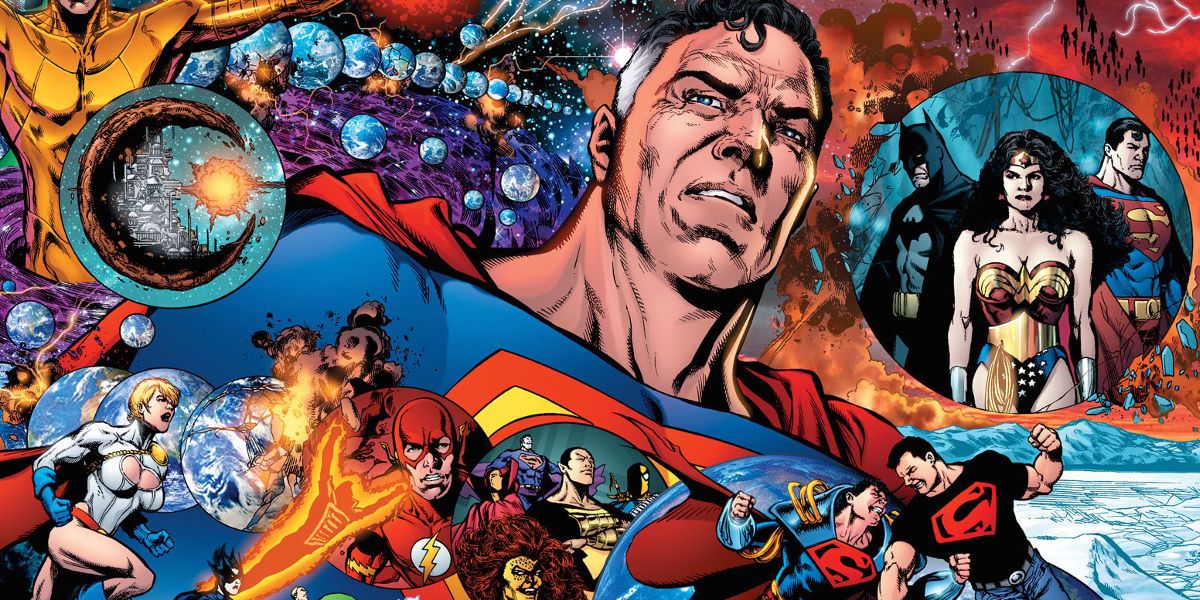
Looking back on DC’s archives can create a confusing array of complications. DC’s continuity is always changing, with reboots and universal shifts resulting in some narratives getting taken out of the canon, while others are brought back in. Identity Crisis sits at a unique point in the timeline. Anyone not knowing the exact details of the multiverse’s status, they are sure to be greeted with further puzzlement.
RELATED: 10 Weirdest DC Comics Romances Of All Time
Identity Crisis is set by the standards of Crisis On Infinite Earths and Zero Hour: Crisis In Time, which already results in some changes. However, it is also followed up by Infinite Crisis, which reset elements such as Wonder Woman’s status in the Justice League again. Modern readers are slightly more familiar with everything after the New 52 reboot, and thus the harsh reality is that the timeline of Identity Crisis is hard to get to grips with.
Victimizes Its Female Characters
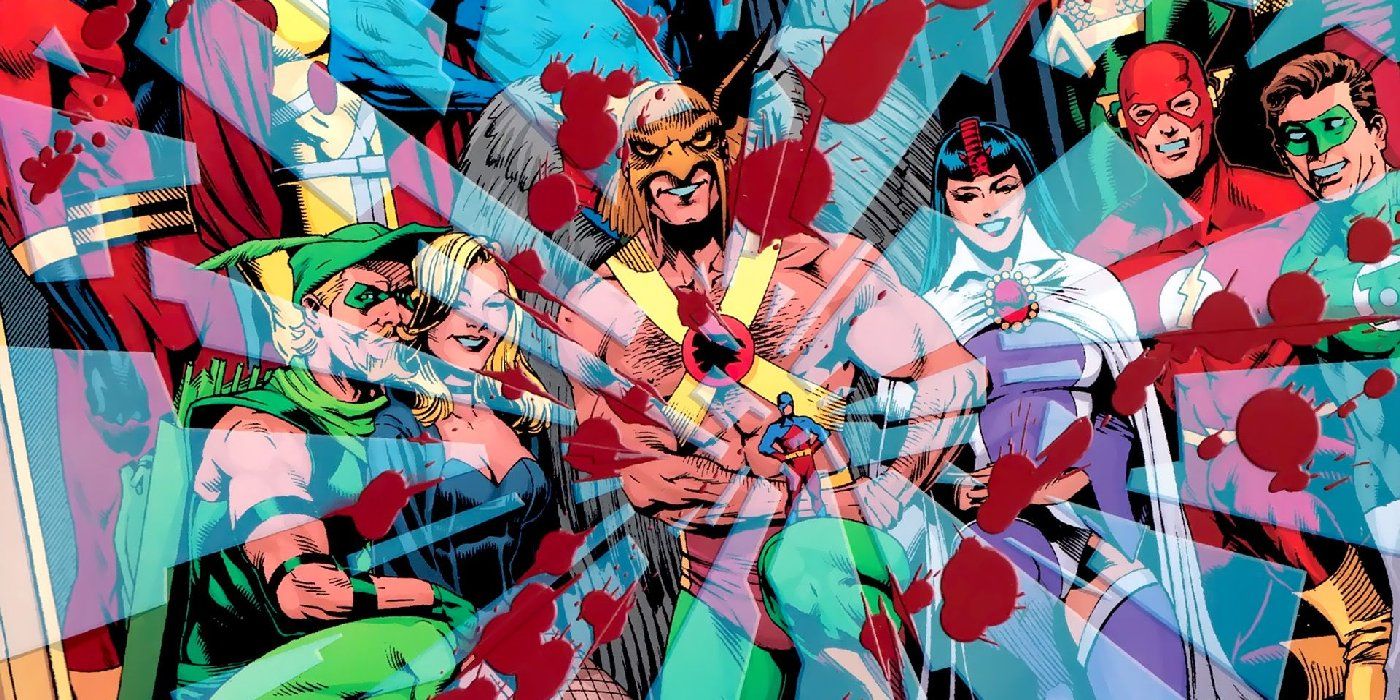
While DC’s heroes might not be placed in quite the same regard as they traditionally would be, the comic also victimizes many of its female characters. The manipulation of Zatanna’s gift is evident from the offset, while the continued exploration of the tragic death of Sue Dibny paints her as a damsel in distress time and time again, with an even more harrowing backstory.
While the conclusion of the narrative will be touched upon further later, it is the mental health of a female character that is ultimately deemed to be responsible for the proceedings. Couple this with death threats sent to the partners of heroes like Lois Lane, and figures such as Atom’s ex-wife Jean Loring getting attacked, and the women of this story continue to be presented as the ones that need saving.
Features A Long Kill List
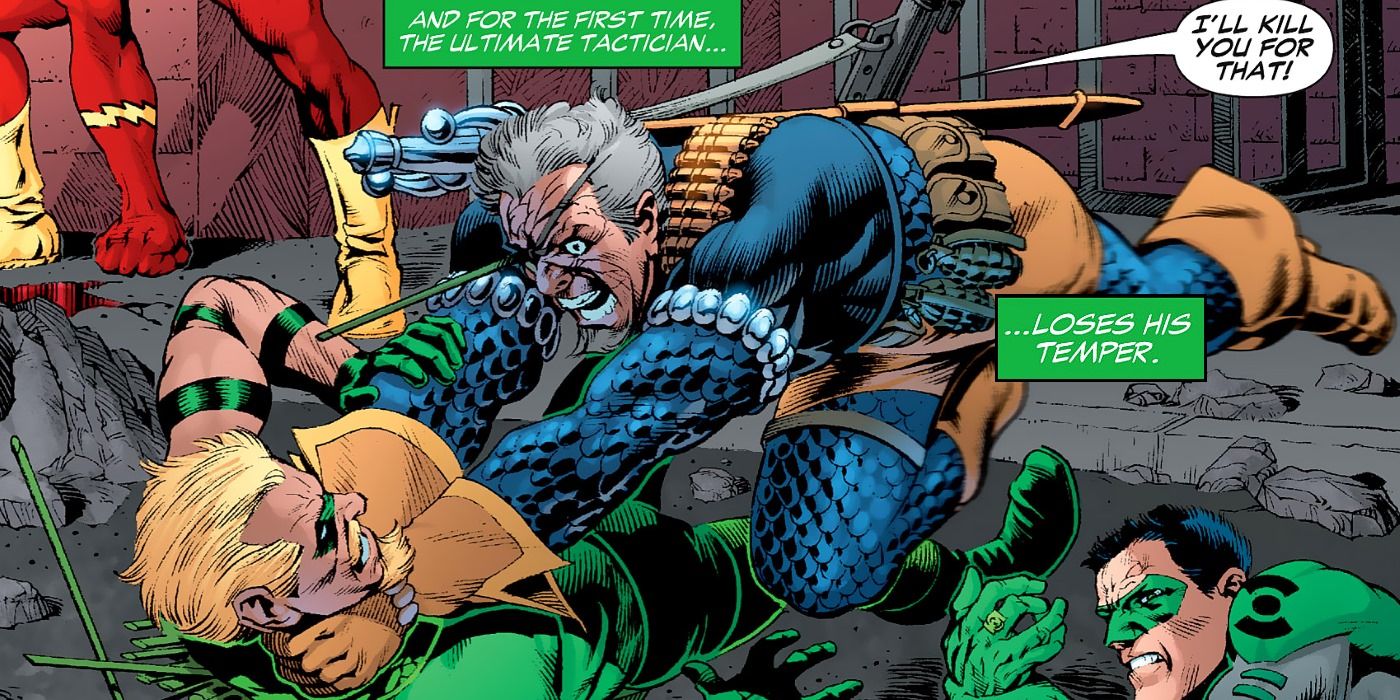
Identity Crisis is a very violent story. It does put a few beloved characters in the spotlight like Firestorm, but that never lasts too long. It doesn’t pull its punches, killing off characters like Sue Dibny, Captain Boomerang, Jack Drake, and Firestorm himself. Many of these deaths appear to have been placed in for shock factor, with a few not quite relevant to the actual arc.
It’s a rule of comics that very few deaths remain permanent. That’s a harsh reality of rereading a story like Identity Crisis. The impact of those deaths doesn’t have much of a long-term impact, because most of those figures have been revived and perhaps even killed again. Although some stories occasionally feature a memorable loss, like that of Superman’s demise, Identity Crisis is not one of them.
Few Long-Term Repercussions
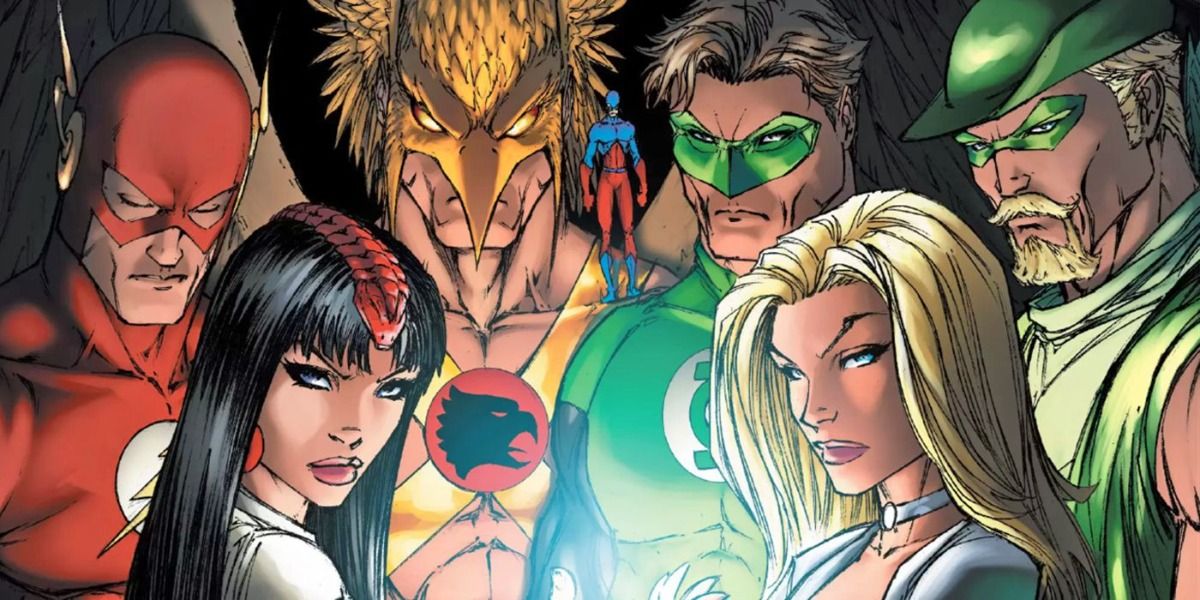
The deaths of significant characters don’t last forever. That’s a harsh reality that could be extended beyond that initial analysis; nothing appears to have proper long-term repercussions. Most Crisis events like Crisis On Infinite Earths hold a vital place in the timeline and can be pointed back to as a turning point; whether that’s in the context of the multiverse or the comics industry in general.
RELATED: 10 Public Domain Characters That Exist In DC And Marvel Comics
Beyond that, significant crossovers like Dark Knights Metal, Flashpoint, or Elseworlds events will be mentioned again or have a role to play in the continued expansion of the DC Universe. There might have been some immediate effects of the Identity Crisis story, but there are very few points that can be spoken about in the modern DC landscape that are a direct result of this story.
An Unconvinced Conclusion
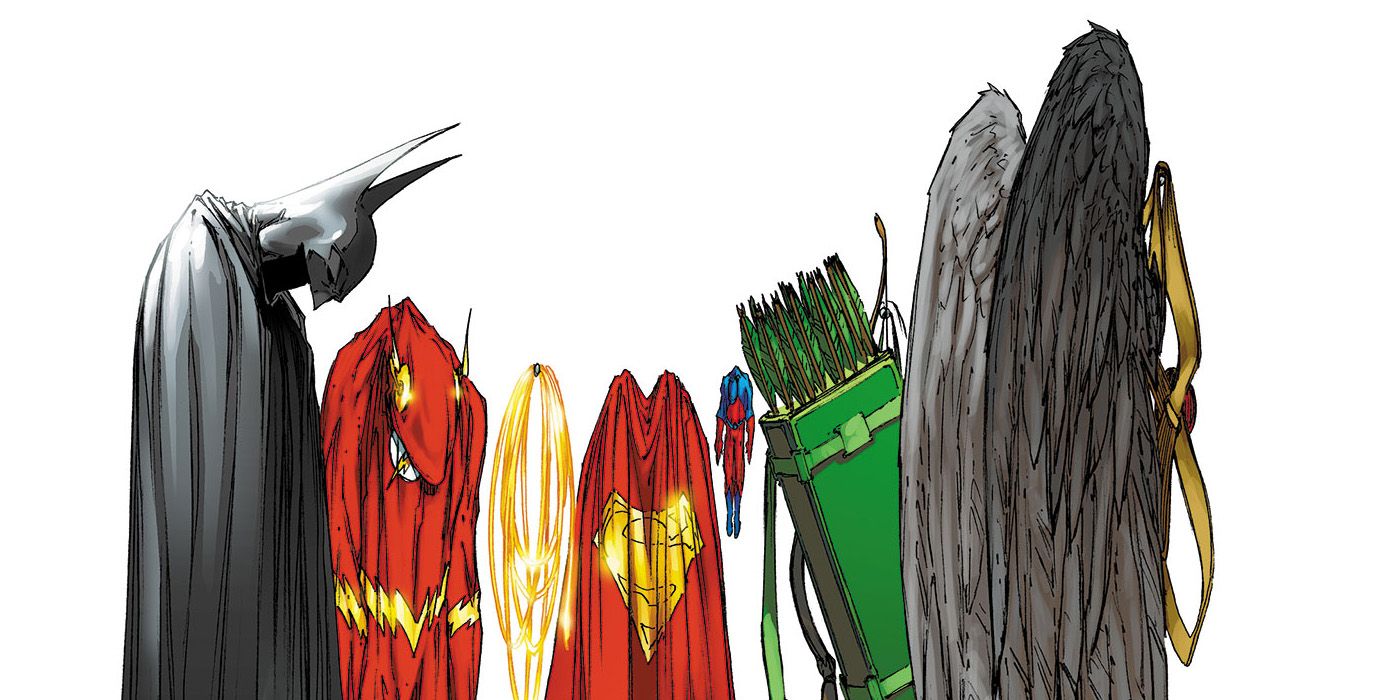
The conclusion of the Identity Crisis might not have been what many readers were expecting. After plot points involving memories getting wiped, many of DC’s heroes acting suspiciously under interrogation, and an unfolding mystery to solve, the murderer of Sue Dibny was eventually revealed to be the Atom’s ex-wife, Jean Loring. It’s an unexpected choice for modern audiences.
The harsh reality is that for today’s readers, Jean Loring is not a significant figure. Even in the context of the story, the explanation behind the attacks could have been attributed to someone more interesting but were ultimately credited to Loring who was then sent to Arkham Asylum. Loring’s mental health was a partial description of her motivations; a mistreatment of the character from today’s understandings of mental health.
Doesn’t Launch A New Antagonist
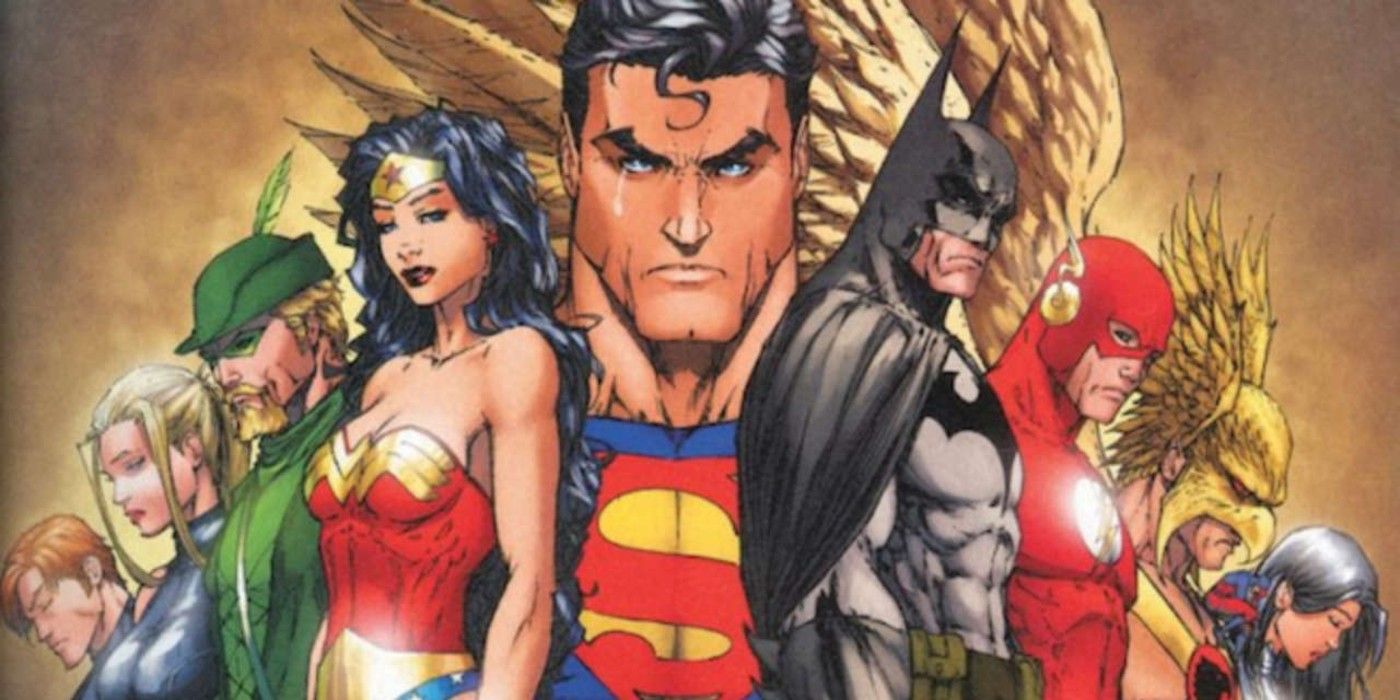
The notion that Jean Loring is the culprit of the unfolding events also raises the question as to why the narrative didn’t launch a new antagonist. Perhaps Loring could have been portrayed slightly differently with more convincing motivations, and therefore could have been brought back as a more dangerous villain down the line.
Alternatively, with so many eyes on the limited run, an obscure villain from DC’s history could have had the opportunity to be elevated by the narrative. Doctor Light is one of the few lesser-known antagonists to be featured, but the character isn’t capitalized on fully. Other foes show up like Deathstroke, but the conflicts that are the most intriguing are among the Justice League themselves. The harsh reality is that there was a missed moment here.
Destabilization Of The Justice League
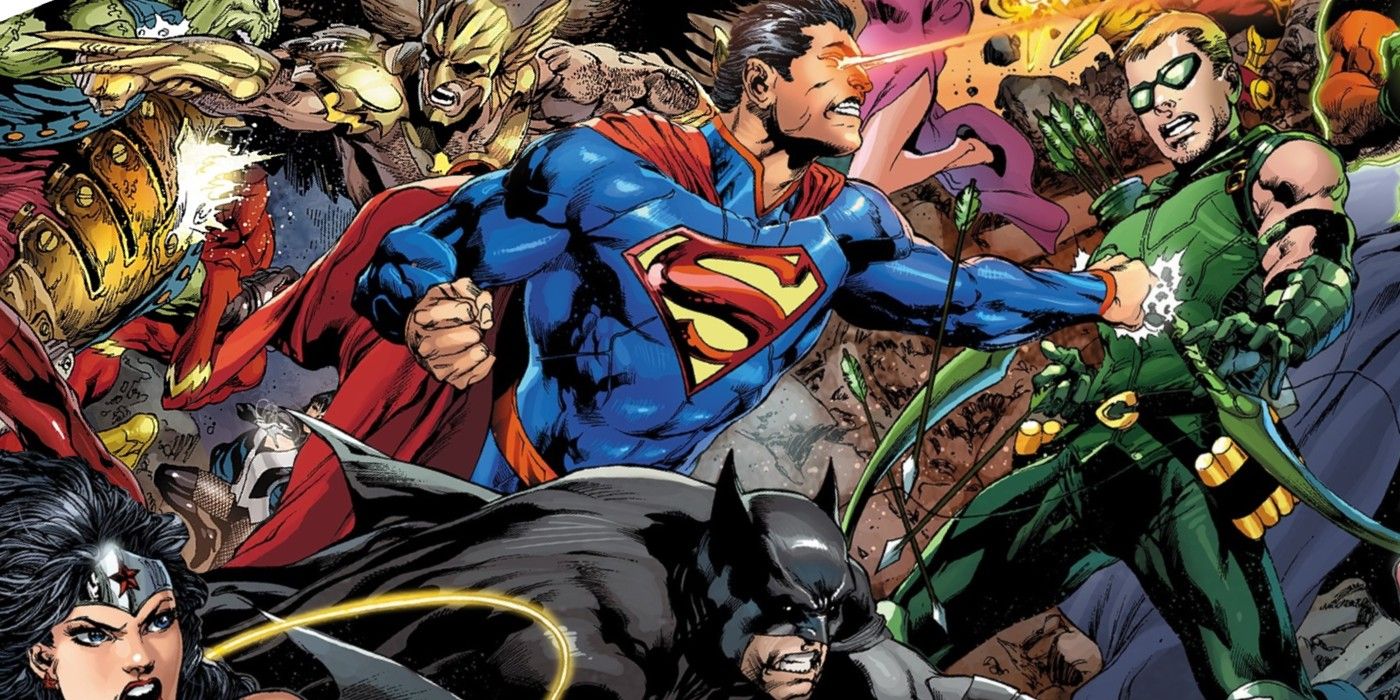
There are two angles to look at this point from. The harsh reality for many is that this story led to the destabilization of the Justice League; a narrative that was further explored in succeeding issues and almost led to the group’s collapse. It’s an idea that has been revisited time and again, and many readers hate seeing their heroes at their lowest and sometimes uncharacteristically aiming at one another.
The other way of looking at this though is that the Justice League’s destabilization perhaps wasn’t pushed far enough. Not everyone can be pleased of course, but considering the level of distrust that had been built within the unit, it’s a surprise that this particular conflict couldn’t be a catalyst for others in the future. Marvel’s Civil War is nodded back to now and then, but that time the Justice League decided to mind wipe their enemies and friends somehow doesn’t get a mention for DC.
NEXT: 10 Harsh Realities Of Rereading DC Comics’ Crisis On Infinite Earths
